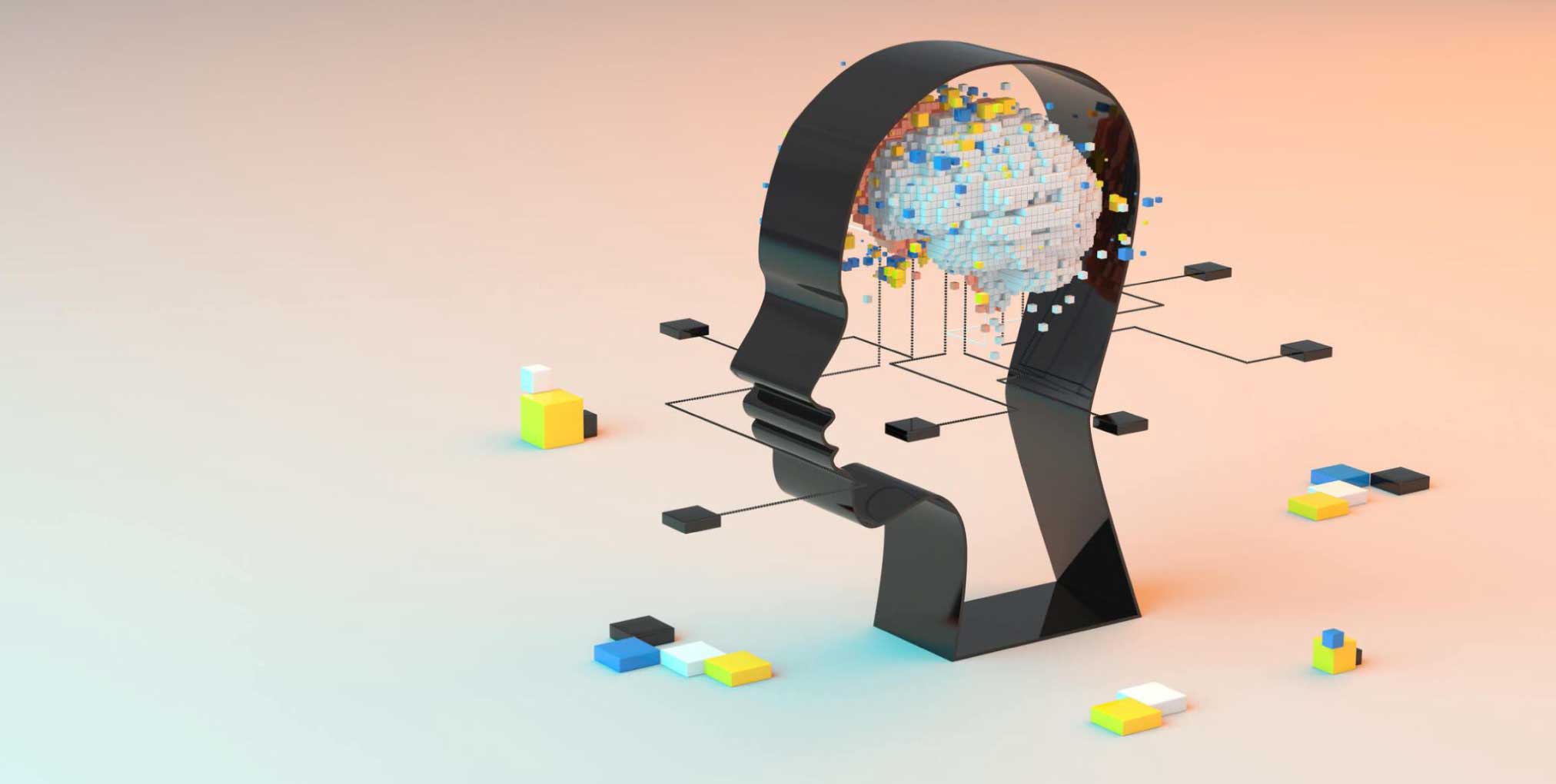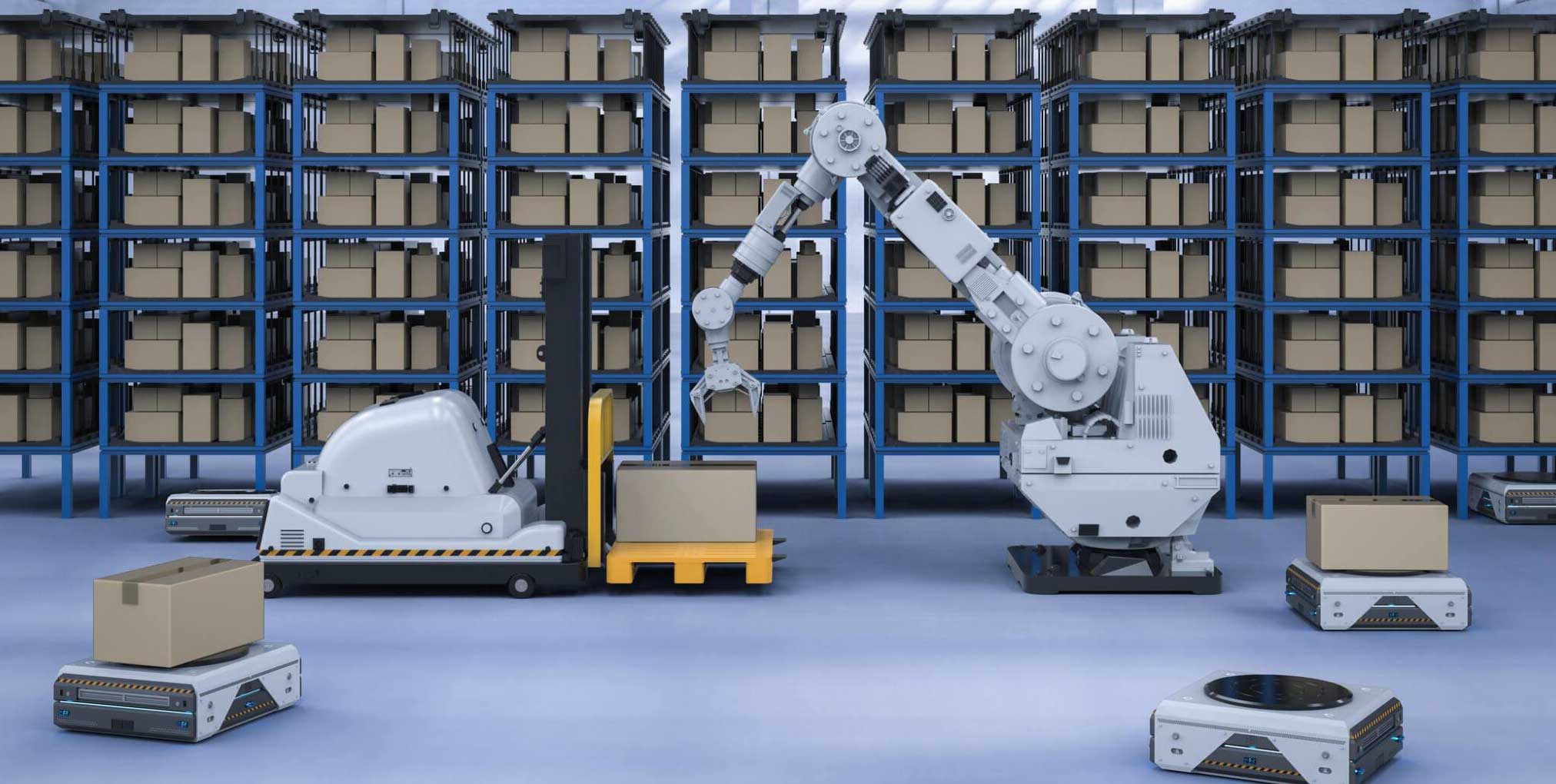

January 19, 2024
Machine Learning (ML) has become an integral part of our technological landscape, powering various applications and services we use daily. Many different algorithms in machine learning help create complicated models. Each of these algorithms falls into a specific category. Machine learning services play a crucial role in providing the necessary infrastructure and tools to develop, deploy, and manage these models effectively.In this article, we’ll talk about the different types of machine learning. This will help you understand machine learning better.
In simple terms, ML is a subset of artificial intelligence (AI) that enables computers to learn from data and make predictions or decisions without explicit programming. Instead of telling the computer exactly what to do, we provide it with data and let it learn and improve independently. It’s like teaching a computer to recognize patterns and make decisions based on examples.
Machine learning’s importance is evident from the fact that it has been applied in various fields, such as extensive language models, computer vision, speech recognition, email filtering, agriculture, and medicine. The goal is to enable computers to learn from experience and make better decisions without being explicitly programmed for every task.
There are various types of machine learning techniques, each serving distinct purposes. Let’s explore and comprehend these different categories of machine learning one at a time, gaining a comprehensive understanding of their functionalities.

Supervised learning is a type of machine learning where the algorithm is given a labeled dataset from which to learn. In this context, “labeled” means that each input data point is paired with the correct output or target value. The algorithm’s primary task is to discern patterns and relationships within this labeled data, creating a mapping from inputs to outputs. It’s like a teacher guiding a student through examples, enabling the algorithm to generalize and make predictions on new, unseen data.
To illustrate this concept, let’s consider a common scenario – training a model to differentiate between spam and non-spam emails.
In this case, the labeled dataset consists of emails, each marked as “spam” or “non-spam”. The algorithm looks closely at these emails, checking out the details of both types. It determines which features, like common words, sender details, and how emails are structured, match the correct label (spam or non-spam).
As the computer looks at more marked emails, it improves at noticing patterns that distinguish spam from real messages. After learning from many examples, it creates a set of rules called a decision boundary. These rules help it make predictions and decide if an email is likely spam.
When faced with a new, unseen email, the model applies its acquired knowledge. It analyzes the email’s features and predicts whether it will likely be spam. This predictive capability is the essence of supervised learning — the ability to generalize from labeled examples to make informed decisions on previously unseen data.
Supervised learning acts as a virtual guide, using labeled data to teach machines how to interpret the complexities of real-world scenarios. Through this approach, computers become adept at discerning patterns, allowing them to make accurate predictions in various domains.

Unsupervised learning is a type of machine learning where the algorithm needs to have the luxury of labeled data. In simpler terms, it works with information that needs more than clear instructions or answers. Unsupervised learning aims to uncover hidden patterns or structures within this unlabeled data without having predefined categories to guide the learning process. It’s like to explore an unknown territory without a map or specific directions.
To grasp this concept, let’s see a practical scenario – a retail business analyzing customer purchasing behavior without any predefined categories.
Imagine the business has a vast dataset of customer transactions, but unlike in supervised learning, these transactions aren’t labeled with specific categories like “high spender” or “budget shopper.” In unsupervised learning, ML services find natural groupings within the data based on similarities.
One common unsupervised learning task is clustering, and in this case, the algorithm might group customers based on their purchasing patterns. For instance, it might identify a cluster of customers who frequently buy electronics, another cluster for those who prefer clothing, and another for customers who primarily purchase household items.
The key here is that the algorithm autonomously detects these patterns without being explicitly told what to look for. Unsupervised learning helps computers find essential details in new and unexplored data. It lets them uncover hidden patterns. This makes it a strong tool for exploring and understanding datasets that don’t have labels for many different uses.

Semi-supervised learning is a blend of both supervised and unsupervised learning techniques. In this approach, the algorithm utilizes two types of datasets – a relatively small set of labeled data and a more extensive collection of unlabeled data. The labeled data provides clear examples with associated outcomes, while the unlabeled data presents a sea of information waiting to be explored. This hybrid methodology uses the strengths of both labeled guidance and independent discovery.
To illustrate semi-supervised learning, let’s dive into a practical scenario involving training a speech recognition system.
Imagine you’re teaching a computer to understand spoken words. In a supervised setting, you’d need a vast dataset where each spoken word is matched with its written form – a time-consuming and expensive endeavor. Instead, semi-supervised learning offers a more efficient approach.
In this case, you provide the algorithm with a limited set of labeled audio samples where specific words are transcribed. However, most of your data comprises a massive collection of unlabeled audio clips. The labeled data acts as a guide, offering the algorithm clear examples to learn from, while the unlabeled data serves as a playground for exploration.
As the algorithm processes the labeled samples, it starts recognizing patterns in speech, associating certain sounds with specific words. However, it doesn’t stop there. Armed with this initial understanding, the algorithm delves into the unlabeled audio clips. It uncovers more patterns that may have yet to be explicitly shown.
Over time, this dual learning process enables the model to generalize its understanding of spoken language beyond the constraints of the labeled dataset. The combination of supervised and unsupervised learning allows the algorithm to become more adept at recognizing a broader range of speech patterns, even those not explicitly taught.
Semi-supervised learning, therefore, presents a practical solution for scenarios where acquiring labeled data on a large scale is impractical or costly. It showcases the synergy between labeled examples and independent exploration, creating smarter and more versatile machine learning models.

Reinforcement learning is a fascinating area of machine learning where the algorithm, known as agents, learns to make decisions by actively engaging with an environment. Unlike other types of machine learning, reinforcement learning doesn’t rely on pre-labeled data. Instead, the agent takes actions in its environment, and based on those actions, it receives feedback in the form of rewards or penalties. The agent refines its decision-making strategy through this dynamic interaction to maximize cumulative rewards over time.
To illustrate reinforcement learning, let’s envision teaching a computer to play a game, a classic scenario in this domain.
Imagine the computer as the agent and a game environment as its playground. In this case, the agent is like a player figuring out the rules of the game as it goes along. It takes actions or moves within the game, learning a virtual environment in a video game.
Now, here’s the key: every action the agent takes results in feedback from the environment. This feedback comes in the form of rewards or penalties. If the agent makes a good move or achieves a certain goal, it receives a positive reward. Conversely, a penalty is incurred if the move is suboptimal or leads to a negative outcome.
Over time, the agent learns to associate actions with outcomes through this trial-and-error process. It develops a strategy to maximize the cumulative rewards it receives throughout the game. The beauty of reinforcement learning lies in its ability to adapt and improve based on the continuous feedback loop – positive reinforcement for good decisions and learning from mistakes through penalties.
Reinforcement learning finds applications in various domains, from training robots to navigating physical spaces. It mirrors how humans learn through experience, making it a powerful paradigm for building intelligent systems capable of making decisions in dynamic environments.

Self-supervised learning is a remarkable approach within machine learning that deviates from relying on external labels. Instead, it empowers the algorithm to create direct supervision signals from the input data. A distinctive feature of self-supervised learning involves predicting or understanding parts of the data based on other parts, allowing the model to unravel patterns and relationships autonomously.
To make self-supervised learning clear, let’s look at a real-world example – teaching a computer to understand language by predicting the missing words in a sentence.
Imagine you have a vast collection of sentences, but rather than providing the model with labeled sentences indicating if they are positive or negative, you take a different route. In self-supervised learning, you create a task for the model within each sentence. This task involves removing certain words or phrases and challenging the model to predict or fill in the missing parts.
For instance, take the sentence: “The cat sat on the ____.”
In this case, the model predicts the missing word, which is likely “mat.” By exposing the model to numerous sentences and prompting it to predict missing elements, it learns to grasp the contextual relationships within the language. The model detects that after “sat on the,” there’s usually an object like a mat, chair, or sofa.
This self-supervised approach allows the model to extract information about language without being explicitly told what to look for. It learns to capture the subtle connections and patterns within sentences, developing a rich understanding of context.
In the language example, the model becomes efficient at understanding individual words and relationships between them. This newfound contextual understanding is a powerful asset, enabling the model to perform tasks like text completion, sentiment analysis, or even more complex natural language processing tasks.
Self-supervised learning highlights the cleverness of machine learning. Instead of relying on lots of labeled data, it lets models create their learning tasks and derive knowledge from the input. This innovation aligns with current ML and AI trends, offering possibilities where labeled data is scarce or expensive.
Understanding the different types of machine learning is crucial in understanding the ever-evolving landscape of AI. As ML and AI trends continue to shape our technological future, these models find applications in various domains. Whether you’re exploring ML services or diving into your machine learning projects, having a solid grasp of these fundamental types will undoubtedly guide you on your journey into intelligent computing.